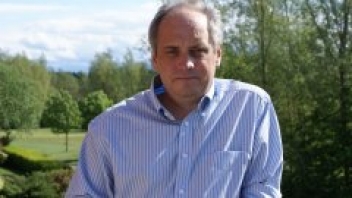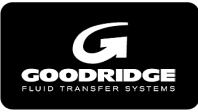
John Davis started as an apprentice with British Leyland at Solihull, Birmingham, in 1972. Born and brought up near Birmingham - the industrial center of Britain - Davis worked for the company in a turbulent period during which it was nationalized. Despite this Davis was able to study for a degree in mechanical engineering, sponsored by the company.
When he graduated with a very high mark in his BSc in 1979 British Leyland also sponsored him through postgraduate studies at Imperial College, University of London, working specifically on aerodynamics. He was still working for British Leyland when he gained his doctorate.
During that period, however, the Imperial College wind tunnel was used by several Formula 1 teams, notably Williams and Lotus. Davis was drawn into the work and in 1982 was hired by Team Lotus to be its aerodynamicist and head of research and development, which meant working with technical director Peter Wright and later Gerard Ducarouge and Ayrton Senna. He then moved across to Lotus Engineering, where he worked under Peter Wright again, developing active suspension technology and in 1987 Senna won the Monaco and Detroit GPs using an active car.
Lotus Engineering was too busy to continue the active program for the racing team in 1988 and so Davis worked on road car development until the end of 1990 when Wright took him back to Team Lotus, having become a partner in the racing team. Davis became head of Research and Development but in the middle of 1992 Ducarouge asked him to rejoin him at Ligier and he moved to Magny-Cours to be the French team's director of research and development.
Davis stayed with Ligier during the turbulent period until the end of 1994 when Ducarouge departed. Davis then went to work for Tony Purnell in his electronics company Pi Research based in Cambridge, England.
In 1996 Davis found himself in America, as a consultant engineer for Patrick Racing. Before the end of the year, however, he had been recruited by Jordan Grand Prix to head the team's wind tunnel program and he soon became chief race and development engineer as well.
In November 1999 he joined ex Lotus chief designer Mike Coughlan at Arrows F1 as head of Research and Development. Despite the success they managed to achieve, finances within Arrows saw him move to Minardi F1 at the end of 2001 and then a year later joined the aerodynamic team at Williams F1.
He left Williams and started his own business Dragonfly Technology Ltd making control systems for race cars along side working with Formula 1 teams in various roles
It was during 2005 Davis had an idea that would save fuel on road cars whatever the fuel and without leaving batteries to be decommissioned at a later date, he started working on it and patenting the technology. It was whilst working on his system that he heard about the X-prize, he felt that this was the perfect forum to air the technology.
With the Automotive X Prize vehicle prototype vehicle built and performing as expected Davis became aware of the Bloodhound Project and has been invited to specify and develop the control system for the vehicle.
The mixture of working on a 1000 mph car at the same time as working on a 100 mpg car is a fascinating mix of technology, much of which is the same.


